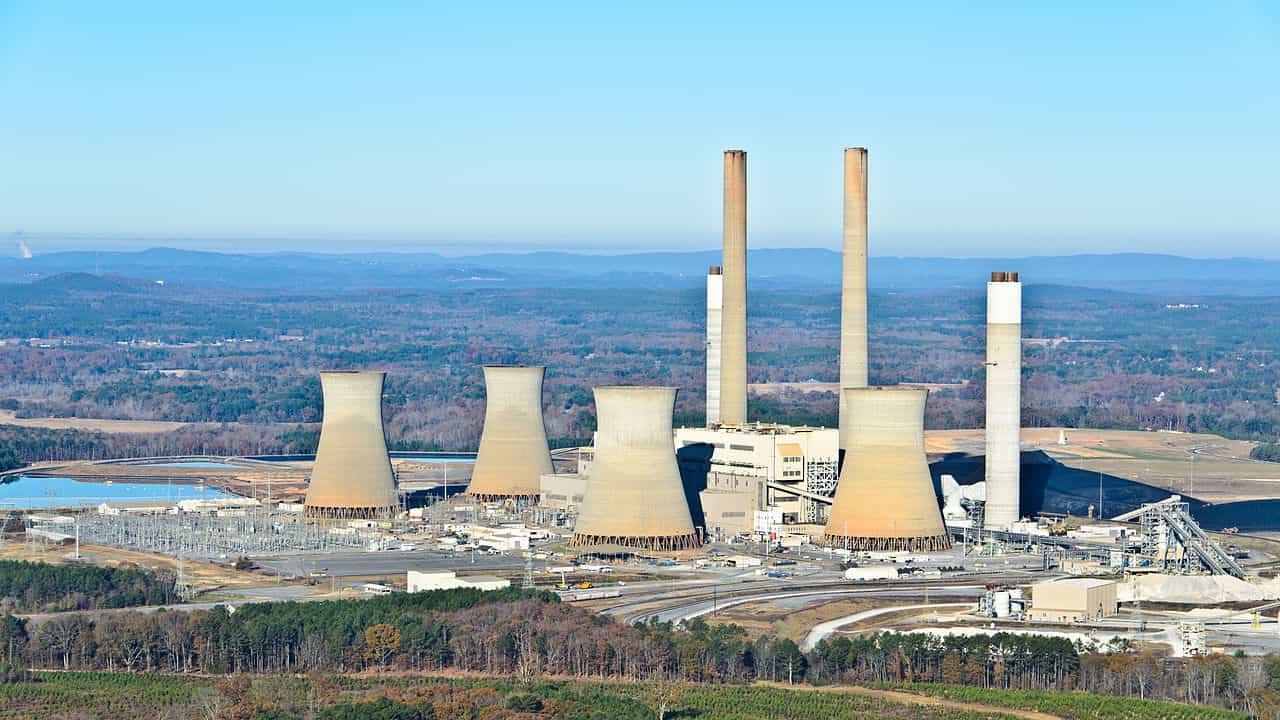For the first time ever, renewables have outpaced coal, the most polluting energy source. The data covers a five-month period in the US, according to a review of federal data by E&E News. The milestone shows how the power sector is changing across the country, with renewables taking over fossil fuels to bring down greenhouse gas emissions.

This year, the markets witnessed a significant decline in coal-fired generation. This happened for multiple reasons. For starters, natural gas prices, were relatively low. There was also a mild winter, which reduced overall consumption — and a wave of retirements of coal plants was also reported.
“From a coal perspective, it has been a disaster,” Andy Blumenfeld, a coal energy analyst at McCloskey by OPIS, told E&E News. So while some of these factors were coincidental, this doesn’t bode well for the world’s dirtiest source of energy.
Renewables coming in
While renewable energy surpassed coal-fired power in 2020 and 2022 in the US, this was only when hydropower was included as a renewable energy source. But things are different this year. The combined generation from wind and solar in the first months reached 252 terawatt-hours (TWh), surpassing the coal output of 249 TWh.
“Our official estimates show that combined electricity generation from wind and solar exceeded generation from coal in January, February and March. Our real-time data, which is subject to revision, indicate that trend continued in April and May,” Chris Higginbotham, a spokesperson from the US Energy Information Administration, told E&E News.
In just a few years, coal’s role in generating electricity in the US has undergone a significant transformation. As recently as 2008, coal accounted for nearly half of the country’s electricity production. However, since then, the industry has been steadily declining. Across the USA, older facilities are retiring and are being replaced by a combination of gas and renewables.
Nevertheless, even considering this decline, the drop in coal’s prominence this year is truly remarkable. The industry had a brief respite last year. A surge in natural gas prices led utilities to seek alternative sources such as coal. This was linked to Russia’s invasion of Ukraine.
Since that time, there has been a big shift in the energy markets. A combination of a relatively mild winter and a decelerating US economy has led to a 3% decline in electricity demand this year. However, the production of natural gas has continued to rise steadily. Consequently, there has been an oversupply of gas, which has resulted in a decrease in prices.
The lowest coal usage in 50 years
The US has phased out 14 gigawatts of coal capacity since last year, accounting for approximately 7% of the total coal capacity. During this time, while coal has been declining, the growth of wind and solar energy has been remarkable. According to a report by the EIA, power companies have added 22.5 gigawatts of wind and solar capacity in the 12 months.
And this isn’t just happening in the US. As of the middle of last year, various countries globally had unveiled plans for the construction of new coal power plants, with a combined capacity reaching 476 gigawatts. However, a study showed that 50% of those proposed projects are now slated for cancellation. This is excellent news for society’s attempts to stabilize and stop climate change.
Coal is a sort of low-hanging fruit when it comes to tackling climate change. Granted, natural gas is also a major problem and contributor to CO2 emissions, but it’s not nearly as bad as coal. Focusing our immediate efforts on coal will yield massive benefits in terms of reducing emissions.
Coal’s contribution to global average temperature increase stands at 0.3°C out of the 1°C global rise observed so far. There are more than 2,400 operational coal-fired plants worldwide. However, in order to prevent temperatures from exceeding the critical threshold of 1.5°C included in the Paris Agreement, all of these facilities must be phased out and shut down by 2040.









